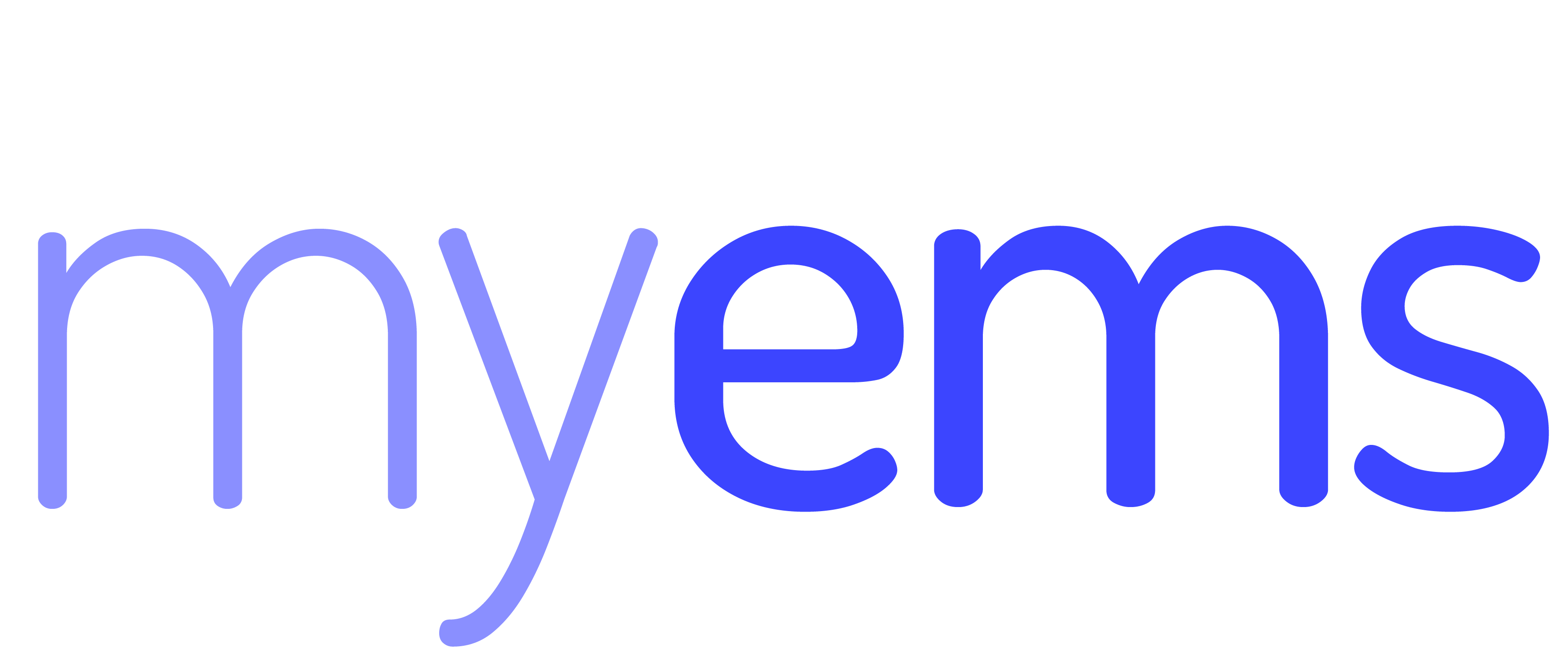The Regulatory Revolution That’s Reshaping Aged Care
November 2025 will mark a watershed moment for Australian aged care. The new Aged Care Act 2024 doesn’t just introduce new rules—it fundamentally transforms how providers must think about workforce management, incident reporting, and quality assurance.
If you’re feeling overwhelmed by the scale of change, you’re not alone. Recent industry surveys indicate that aged care HR professionals report spending significant time on administrative work, and that was before the latest regulatory changes kicked in.
What’s Changing in November 2025 (And Why It Matters)
The rules have changed dramatically since the Royal Commission. Here’s what aged care providers need to handle now:
- Updated Aged Care Quality Standards: The Aged Care Quality and Safety Commission will enforce comprehensive Quality Standards covering how you manage your workforce. It’s not enough to just have policies anymore—you need to show you’re applying them consistently across your whole organisation.
- Reportable Incident Requirements Under the New Act: The Act defines 8 specific types of reportable incidents that must be systematically documented and reported to the Commissioner. These include unreasonable use of force, unlawful sexual contact, psychological abuse, unexpected death, financial coercion, neglect, unauthorised restrictive practices, and unexplained absences.
- Psychosocial Hazard Management: Under existing Work Health and Safety legislation, you need to systematically identify, assess, and control workplace psychosocial hazards. Given that nearly 1 in 10 aged care compensation claims involve workplace violence, this isn’t just box-ticking—it’s serious risk management.
- 24/7 Registered Nurse Coverage: Registered providers must ensure at least one registered nurse is on site and on duty at all times at approved residential care homes, with limited exemptions available through the System Governor.
Results may vary based on individual organisational circumstances and implementation approaches.
The Hidden Cost of Manual Compliance
Here’s what most providers don’t realise: the biggest cost isn’t the compliance itself—it’s the inefficiency of managing it manually.
Think about what happens when you’re managing workplace incidents through emails and spreadsheets:
- Critical classification gets missed because staff aren’t sure which category applies
- Documentation is scattered across multiple systems and file cabinets
- Staff spend hours recreating information that already exists somewhere else
- Audit preparation becomes a frantic scramble to piece together records
- Patterns aren’t identified because there’s no systematic tracking across cases
This “compliance scramble” approach doesn’t just create stress—it creates genuine legal and financial risk. According to the Fair Work Ombudsman’s 2023-24 annual report, they recovered $40.5 million for 22,000 underpaid aged care workers, signalling that regulatory scrutiny is intensifying across all areas of compliance.
How Smart Providers Are Getting Organised
The aged care providers who are handling these changes well aren’t hiring armies of admin staff or building more complex spreadsheets. They’re using structured systems that make compliance and employee relations case management easier, not harder.
Here’s how organised compliance and employee relations case management is changing the game:
- Step-by-Step Risk Assessments: Instead of expecting staff to remember all workplace hazards off the top of their heads, good systems walk managers through comprehensive assessments with helpful prompts and clear categories. This helps everyone stay consistent and reduces the chance of missing something important.
- Proper Incident Classification: Rather than guessing whether something counts as a performance issue, conduct problem, or reportable incident, structured systems help your team classify incidents correctly from day one. This means the right processes get followed and nothing gets handled inappropriately.
- Everything in One Place: All your incident reports, witness statements, risk assessments, and follow-up notes live in a single, searchable system. No more hunting through email chains or wondering if someone’s notes got lost.
- Ready for Audits: When regulators show up, organised systems can quickly show comprehensive records of how you’ve handled workplace matters consistently, from the first report right through to the final outcome.
What This Looks Like in Practice
Let’s say a staff member comes to you saying they feel bullied by a colleague.
In the old way of doing things, this might set off a chain of phone calls, emails back and forth, and meetings to figure out what to do. Documentation gets saved in different places by different people, important follow-ups might get forgotten, and if things escalate, you’re scrambling to prove you handled everything properly.
With an organised system, the same situation triggers a clear process:
- It walks you through the preliminary steps you need to take
- It helps you work out what type of issue this actually is (workplace behaviour, reportable incident, etc.)
- It prompts you to gather witness statements and supporting information
- It generates the right documentation at each step
- It keeps track of what you’ve done and what still needs to happen
- It maintains proper records for compliance purposes
The system can also help you spot patterns—like if the same person keeps coming up in different incidents, or if similar problems are happening across different areas of your facility.
Research shows this organised approach works. Providers using structured early intervention report that 8 out of 10 workplace issues get resolved without needing formal investigations, while also cutting their HR advisory costs by 50-65%.
Based on MyEMS platform data and EMA’s 28+ years of experience in aged care employee relations. Claims about system performance are based on EMA’s client experience and may not reflect typical results. Individual results will vary depending on implementation and usage.
The Competitive Reality
Only 14% of aged care providers currently use fully integrated software systems, with 40% still managing employee data through spreadsheets. This creates a significant opportunity for organisations willing to invest in systematic compliance management.
The government recognises this challenge, investing $1.4 billion over five years for aged care technology upgrades. Market analysis projects the Australian HR technology market will grow at 13.1% CAGR through 2034, with aged care representing a particularly attractive segment due to regulatory drivers and workforce challenges.
Making the Transition: What Success Looks Like
Organisations successfully implementing systematic compliance and employee relations case management typically see:
- Reduced Administrative Burden: Staff spend less time figuring out processes and more time following clear workflows that ensure compliance.
- Improved Regulatory Confidence: Clear audit trails and systematic documentation provide confidence that all regulatory requirements are being met consistently.
- Better Risk Management: Early identification of patterns and trends enables proactive intervention before issues escalate.
- Improved Staff Experience: Clear processes and guided workflows reduce stress and confusion around compliance requirements, making it easier for managers to handle sensitive situations appropriately.
Results may vary based on individual circumstances and organisational factors.
Where to Start
If you’re thinking about getting more organised with your compliance management, here’s what to focus on:
- Look for aged care-specific solutions: Generic HR systems don’t understand the particular requirements for reportable incidents or aged care workplace compliance.
- Make sure it covers the whole process: Your system should guide you through everything, from the first report right through to final outcomes and record keeping.
- Find systems with built-in expertise: The best solutions include processes and document templates created by aged care compliance experts who know what regulators actually want to see.
- Plan for the learning curve: Your team will need time and support to shift from their current way of doing things to more organised approaches.
The November 2025 Deadline Is Coming
The new Aged Care Act 2024 implementation on 1 November 2025 represents both deadline and opportunity. Organisations that implement systematic compliance management now will have months to refine their processes and train their staff before the new requirements take effect.
Those waiting until the last minute will find themselves scrambling to implement new systems while simultaneously managing new compliance obligations—a recipe for stress, errors, and potential regulatory breaches.
From Burden to Advantage
Regulatory compliance doesn’t have to be a burden that drains resources from resident care. With the right systematic approach, compliance management and employee relations case management becomes an operational advantage that provides confidence, reduces risk, and enables staff to focus on what they do best—caring for residents.
The aged care providers thriving in the new regulatory environment aren’t the ones with the most administrative staff or the most complex spreadsheets. They’re the ones who’ve implemented systematic approaches so effectively that meeting regulatory requirements becomes as routine and reliable as any other aspect of quality care delivery.
Results may vary based on individual organisational circumstances and implementation approaches. This information is general in nature and should not be considered specific compliance advice for your organisation.
Ready to transform your approach?
References
Aged Care Quality and Safety Commission. (2021). Compliance and enforcement policy. Australian Government.
Australian Government Department of Health and Aged Care. (2024). About the new rights-based Aged Care Act.
Australian Government Department of Health and Aged Care. (2024). Serious Incident Response Scheme (SIRS).
ELMO Software. (2024). Technology solves 5 HR aged care challenges.
Fair Work Ombudsman. (2024). Aged Care Work Value Case: Changes to awards. Australian Government.
Fair Work Ombudsman. (2024). Annual Report 2023-24. Australian Government.
Future Market Insights. (2024). HR tech market size & trends 2024-2034.
MyEMS. (2024). Employee relations case management software.
Safe Work Australia. (2024). Key work health and safety statistics Australia 2024. Australian Government.
The Weekly Source. (2024). 2024 year in review: Aged care.


